Avoid the Domino Effect with a Prevention Mindset
I’ve been working in projects to reduce food and materials waste for a few years now.
During these projects, I’ve noticed most studies and articles are about what to do with waste once it is created. Why must there be so much waste in the first place? We need to talk more about PREVENTION!
It’s similar to the problem we see in healthcare – a focus on treatment (prescription pills and surgery), rather than prevention (healthy diet and exercise).
So, what does food waste prevention entail? Well, it’s actually pretty simple: communication, planning, data.
If it’s so simple, why aren’t we doing more?
Let’s look at each:
Communication: most organizations are plagued by silos that prevent efficient sharing of information and ideas. This is exacerbated by the high turnover rates in hospitality. Think about where the domino originates and each domino along the way: clients/guests, event/group sales, corporate/franchise F&B teams, procurement, executive chef, banquet managers, stewards, and so on.
Even when information is in writing, you can still end up with a game of Telephone (or Chinese whispers, for my European audience). Imagine the various communication modes and opportunities for orders and expectations to be inflated along the way.
Planning: And even if the exact quantities remain the same from the first point of contact through food production and service, we still end up with excess. In fact, a recent study shows that 51% of food waste in foodservice environments comes from overproduction – making food that never gets consumed.
The heart behind this is usually to offer excellent customer service and keep guests. No one wants to run out of food. But no one ever runs out of food. This can be addressed with
better understanding of the decision-making process at each step (how do you decide what is ordered and prepared?),
adjustments in reward systems (who in the flow of food has a performance review that includes food waste reduction?),
reporting expectations (which stakeholder should know how your food waste results are trending?), and
creative optimization of resources (do your menus maximize the use of each ingredient?)
Data: Most of the suggestions in the previous section are not possible without data. The data and intelligence traditionally captured and shared along the flow of food is minimal compared to what we now have the technical capability to achieve.
Many who deal with foodservice, chefs especially, have an intuitive sense of how to be most efficient. The problem with that is it’s not operational or scalable. When the chef leaves, that tacit knowledge walks out the door with him or her. And a new chef will need time to become familiar with the context and nuances.
The technology and platforms that enable efficiency are affordable and ubiquitous; however, the challenge is also to instill a culture of accountability based on data-driven decisions.
Let’s look at an example:
A breakfast buffet includes a potato hash dish, which looks very delicious. There’s not very much leftover so everyone assumes all is well with the potato dish.
What happens when we introduce one data point? A food waste audit reveals a high percentage of plate waste is this potato hash (remember, the hotel is paying someone to haul away uneaten hash, which goes to a landfill and creates greenhouse gases).
Based on the audit findings, the chef assumes the dish must look better than it tastes and decides to adjust the recipe.
A few months later, a follow up audit reveals less plate waste but an slight increase in hash left on the buffet. Overall, it’s been an improvement but there’s room for more. Now what? What other data points should be evaluated to further reduce waste? Has overall waste been measured against occupancy rates? Have customers been surveyed during this process? Did the buffet arrangement change at some point? Did other menu items change? Were there any ripple effects of this change? For example, what if the new recipe created more trim waste? This might negate the improvement that reduced plate waste.
And an audit might be for a point in time. If the kitchen has an ongoing measurement and tracking system – either manual or technology-based – even more intelligence might be gleaned. What if the day or week of the audit there was a group of guests who happened to like the new potato hash recipe more than most? This would skew the findings. Or maybe the first time the audit was created, the hotel was hosting a group of older guests who found the original potato hash recipe too spicy for their liking. Obviously, you can’t please everyone, but could you please more people more often by using data for more predictive modeling and better planning?
We could introduce some communication and planning challenges too. For example, someone in marketing gets upset because they weren’t told about the recipe change to update the website. In her next performance review, the chef is feeling good that she’s reduced waste and is eager to receive positive feedback about her efforts. Her manager never mentions it, much less does it factor into her pay scale. The chef is unlikely to be inspired to pursue further waste reduction measures.
Keep pursuing those strategies to keep waste out of the landfill, but try focusing on communication, planning, and data to prevent waste in the first place.

